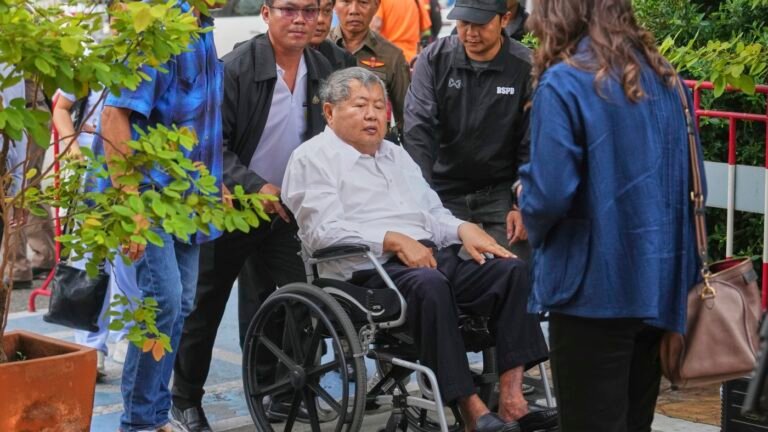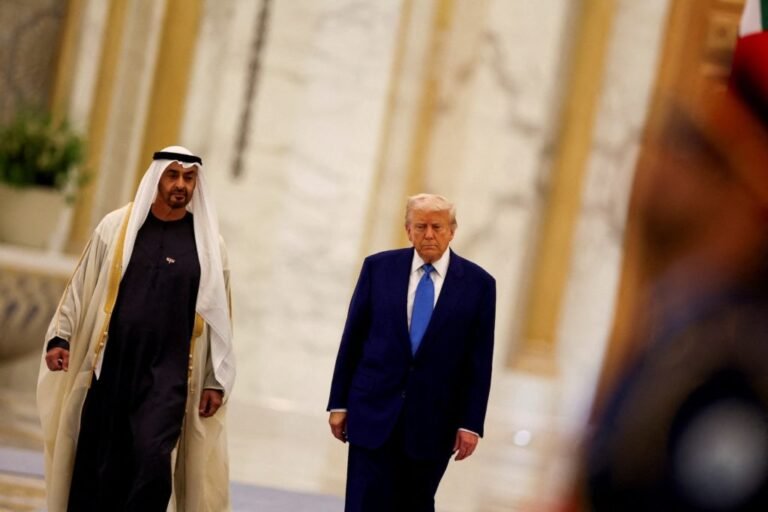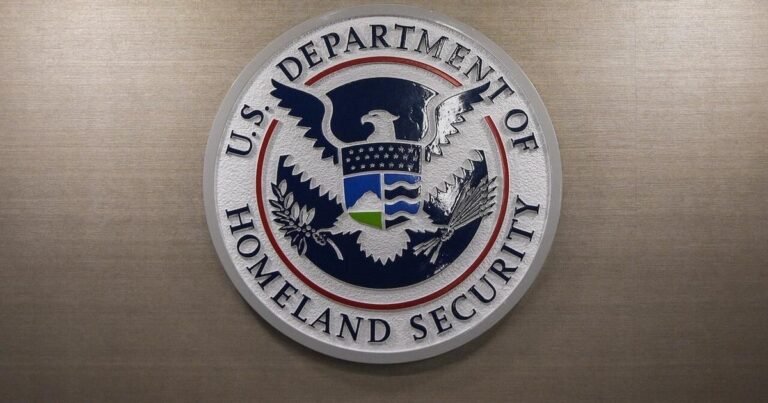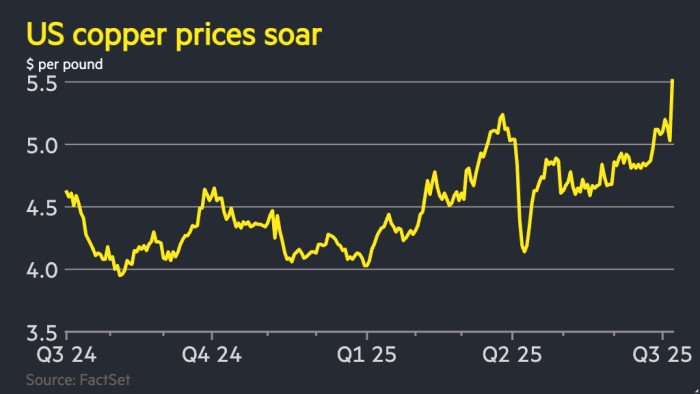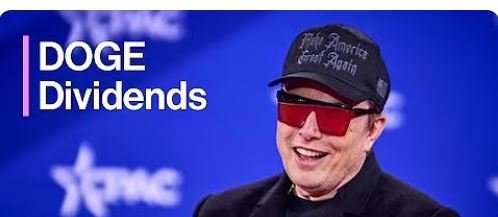
Trump-Backed DOGE Dividend: The $5,000 Taxpayer Checks Proposal Explained
Former President Donald Trump has endorsed a bold new economic proposal that could send $5,000 checks directly to American taxpayers. Known as the “DOGE dividend,” this initiative aims to return a portion of government savings from waste-cutting efforts back to citizens. As this proposal gains traction among Republican lawmakers, many are asking how it would work, what impact it might have on the economy, and whether it addresses concerns about America’s growing national debt.
What Is the DOGE Dividend?
The Department of Government Efficiency (DOGE) dividend is a proposal that would allocate 20% of all money saved through government waste reduction efforts directly to taxpayers in the form of dividend checks. The remaining 80% would be directed toward reducing the federal deficit and paying down the national debt, which currently stands at approximately $36 trillion.
James Fishback, the original architect of this proposal who recently presented it to Senate Republicans, describes it as “restitution to the taxpayer for all of the shenanigans that DOGE has exposed.”
How Would the DOGE Dividend Work?
According to Fishback, the concept is straightforward:
- DOGE identifies and eliminates wasteful government spending
- 20% of the recovered funds are distributed to American taxpayers
- The remaining 80% goes toward deficit reduction and debt payment
- Individual taxpayers could receive checks of approximately $5,000
Beyond the immediate financial benefit to Americans, proponents argue the program creates a powerful incentive structure. “The more that DOGE saves, the bigger the DOGE dividend check will be,” Fishback explained in a recent interview. This system would effectively “deputize 100 million Americans to report waste, fraud, and abuse” they observe in government operations.
Addressing Deficit and Debt Concerns
Critics of the proposal have questioned whether returning any portion of savings to taxpayers makes sense while the nation faces a $36 trillion debt crisis. They argue that all recovered funds should be directed toward debt reduction.
Fishback counters this criticism by emphasizing that the majority of savings (80%) would indeed go toward addressing fiscal concerns. He also points out that “the number one holder of our national debt is the American taxpayer” who “sent their money to D.C. to be spent responsibly and wisely.”
The proposal’s supporters contend that creating a citizen-driven accountability system would yield greater long-term savings than simply directing all recovered funds to debt reduction without public engagement.
Inflation Concerns and Economic Impact
Another significant concern raised about the DOGE dividend is its potential inflationary impact. Critics draw parallels to the stimulus checks distributed during the COVID-19 pandemic, which contributed to the highest inflation rates in 40 years.
Fishback acknowledges these concerns but argues the current economic landscape is fundamentally different:
- Supply chain disruptions have largely resolved
- Labor shortages have eased
- Federal Reserve policies have tightened compared to 2021
- Energy costs are declining due to increased domestic production
- Deregulation efforts are improving economic efficiency
“The macro backdrop today is very, very different,” Fishback insists. He also cites polling data suggesting that approximately 70% of potential dividend recipients would use the funds to pay down personal debt accumulated during recent years—a deflationary rather than inflationary use of the money.
Political Support and Path Forward
The DOGE dividend has gained significant momentum with Trump’s endorsement. The former president specifically highlighted the proposal’s potential to return money to taxpayers while creating incentives for citizens to report government waste.
“It’d give an incentive for the taxpayer to go out and report things to us where we could save money,” Trump stated when discussing the proposal.
Fishback reports “overwhelming, positive support” from his meetings with Republican lawmakers on Capitol Hill, suggesting the proposal could become a central component of fiscal policy if Republicans gain control of Congress and the White House.
The Bigger Picture: Reforming Government Spending
Beyond the dividend checks themselves, supporters view this proposal as part of a broader movement toward fiscal responsibility in government. By directly connecting government efficiency to taxpayer benefits, the program aims to create lasting cultural change in how Americans view public spending.
“Economics, as you know, show me the incentive, and I show you the outcome,” Fishback explained. “We are giving every American the incentive to call out waste, fraud and abuse, and the outcome is less waste, fraud and abuse, a smaller budget, a narrower deficit and a much more manageable national debt picture.”
Looking Ahead
As debates continue about the most effective approaches to addressing America’s fiscal challenges, the DOGE dividend proposal represents a novel attempt to balance immediate taxpayer benefits with long-term debt reduction goals.
Whether this initiative ultimately moves forward will depend on election outcomes and continued political support. However, it has already sparked important conversations about government efficiency, taxpayer engagement, and the complex balancing act between deficit reduction and economic stimulus.
For Americans concerned about both their personal finances and the nation’s fiscal health, the DOGE dividend offers a potential path to address both simultaneously—returning taxpayer dollars while working to reduce the overall debt burden for future generations.
